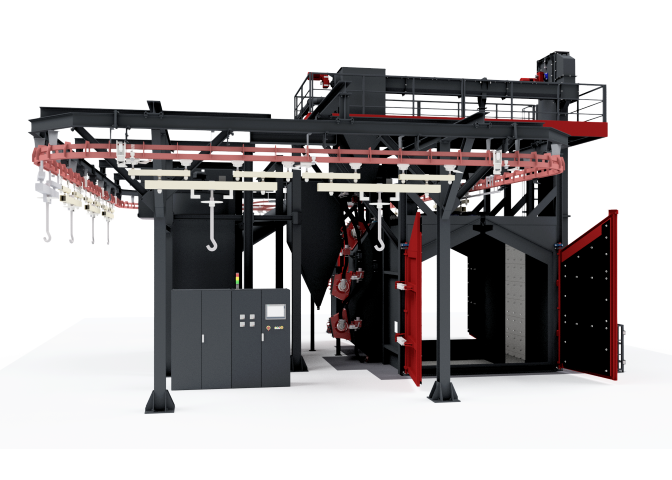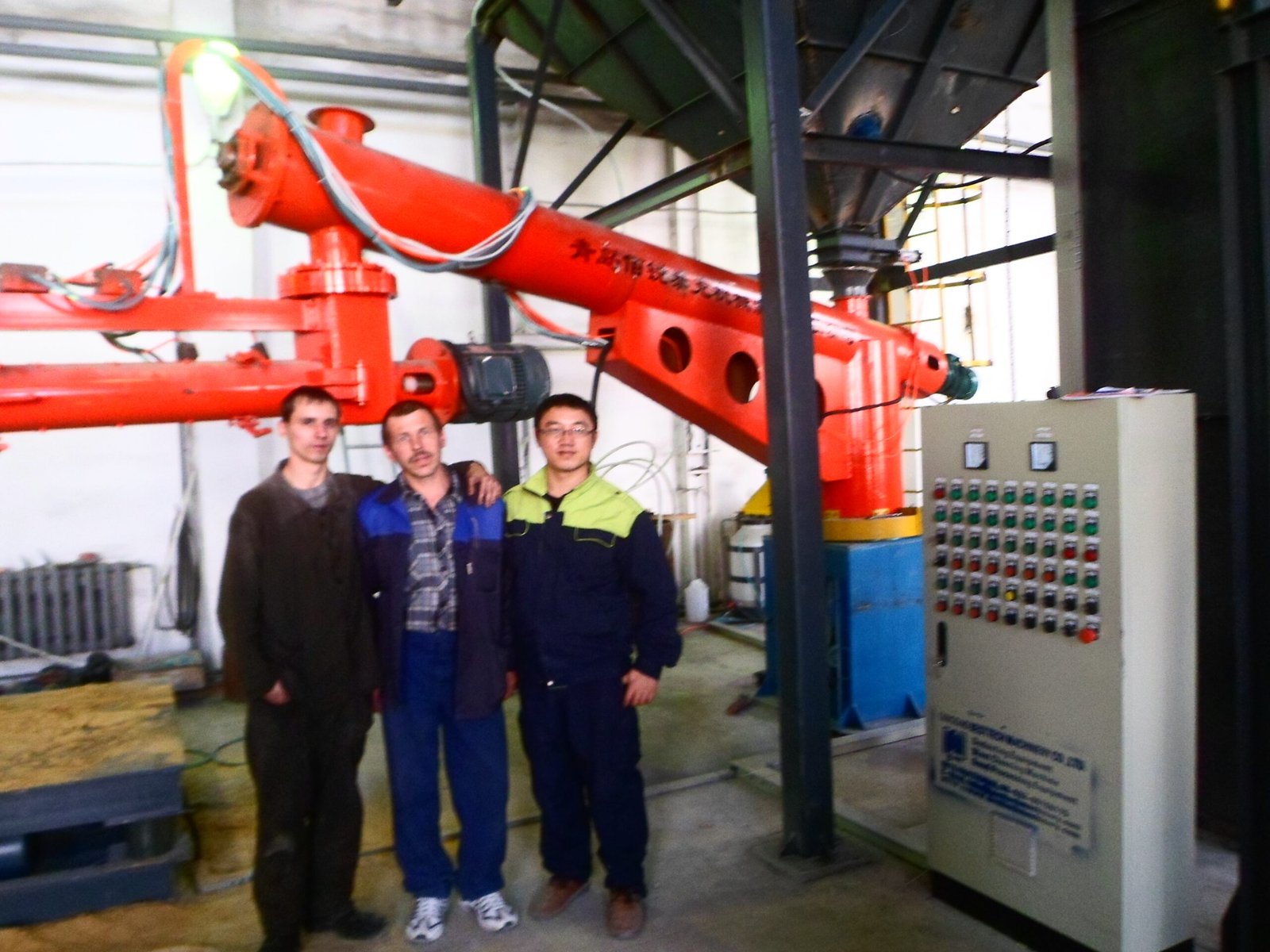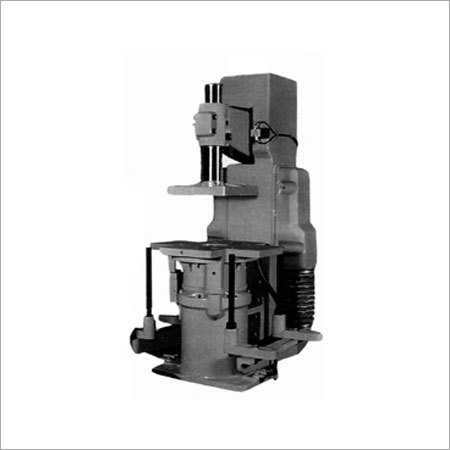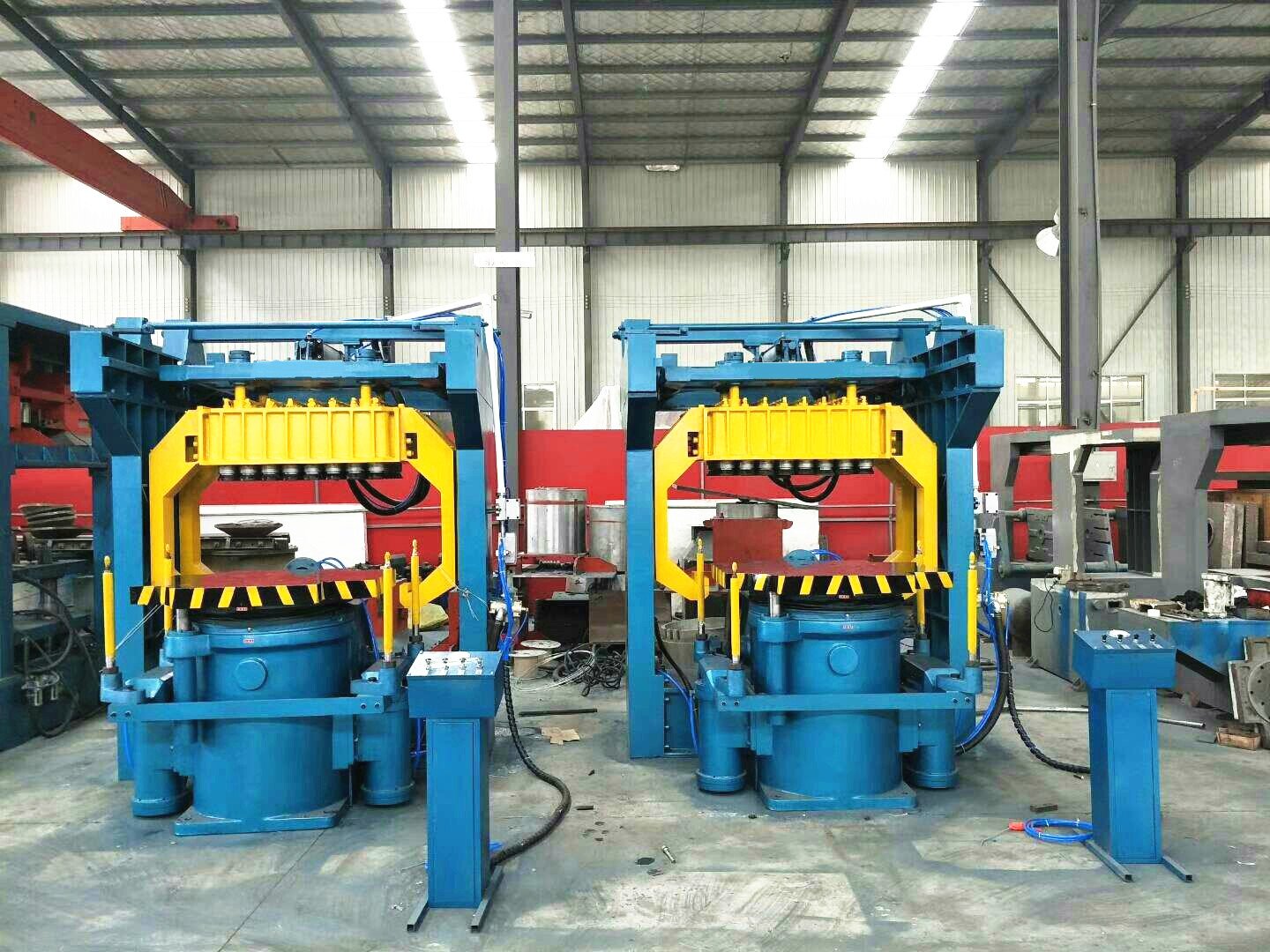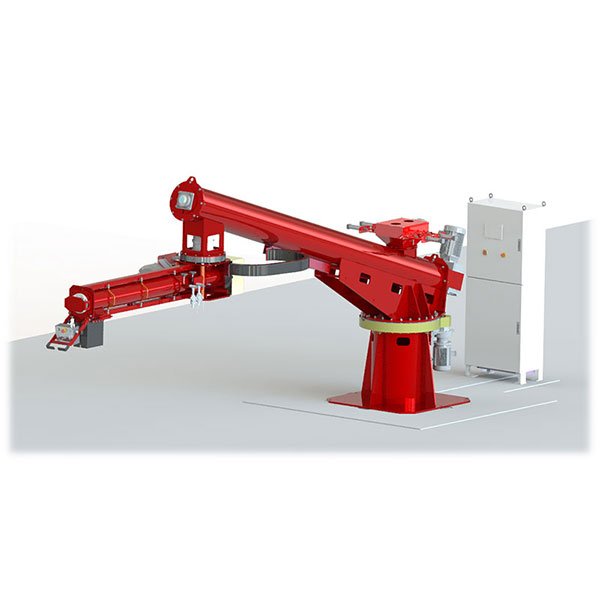Running a small or medium foundry with limited resources often means fighting an uphill battle to increase output, ensure quality, and keep costs under control.
The right foundry machines1 can help small and medium foundries boost productivity, reduce scrap, and build a sustainable path to long-term growth.
Over the years, I’ve seen compact, well-chosen machines transform small workshops into high-performing operations. Here’s how to make that happen.
What Is a Foundry Machine and Why It Matters for Small and Medium Foundries
Foundry machines aren’t just for massive factories. In fact, smaller shops often benefit more from smart equipment investments.
A foundry machine is industrial equipment used to automate various steps of the metal casting process—including molding, melting, pouring, cleaning, and finishing.

Challenges common in small to medium foundries:
- Low efficiency due to manual labor
- Inconsistent casting quality
- High scrap rates and extended cycle times
Foundry machines solve these problems by improving process consistency, reducing reliance on skilled manual operations, and enhancing workplace safety. Even upgrading one workstation—like switching to an automated pouring system—can significantly improve daily output without adding headcount.
How to Choose the Right Foundry Machine for Small and Medium Foundries
Not every machine labeled “compact” is a good fit for your process.
Small foundries must evaluate machines based on production volume, material type, available space, operator skill level, and upgrade potential.
| Selection Factor | Key Considerations |
|---|---|
| Production Volume | Daily throughput and batch size |
| Casting Material | Iron, aluminum, bronze—each requires different equipment configurations |
| Floor Space | Layout compatibility and ease of access for operation and maintenance |
| Operator Skill | User-friendliness and required training |
| Utilities & Compliance | Power, ventilation, dust collection, noise control |
| Future Scalability | Modular design for system expansion or automation integration |
Buying the wrong machine—either too complex or too basic—often results in poor utilization and process imbalance. The goal is to choose machines that match both current and future needs.
Top 7 Recommended Foundry Machines for Small and Medium Foundries
These seven types of machines have been proven in real-world foundries to deliver solid performance with a compact footprint and practical functionality.
They address the full casting cycle and are selected for their suitability in tight layouts and flexible production lines.

| Machine Type | Function & Benefits | Recommended Models/Brands |
|---|---|---|
| 1. Compact Molding Machine | Space-saving, ideal for short runs and fast pattern changes | DISAMATIC C3, Harrison N-22 |
| 2. Induction Melting Furnace | Efficient melting with precise temperature control for various metals | Sentro Tech units, Mini cupola systems |
| 3. Core Making Machine | Automated sand core production, improves internal casting quality | Cold box core shooters (various vendors) |
| 4. Metal Pouring Machine | Ensures consistent pouring, reduces defects and improves operator safety | Econo-Pour by Sinto America |
| 5. Shakeout Machine | Efficiently removes sand post-casting, reduces manual cleanup | General Kinematics vibratory systems |
| 6. Dust Collection System | Keeps air quality compliant, protects health and environmental standards | Jet pulse and cartridge filter systems |
| 7. CNC Finishing Machine | Automated cutting, grinding, and finishing for uniform surface quality | Maus 600, Fox® air float cut-off machines |
These machines are specifically curated to suit production environments handling less than 10 tons/day, with an emphasis on practicality, durability, and ease of maintenance.
Benefits of Using Modern Foundry Machines in Small and Medium Foundries
Upgrading from manual methods can unlock major performance gains.
Modern machines improve casting precision, reduce waste, and create safer working conditions—without sacrificing flexibility.
| Benefit | Operational Impact |
|---|---|
| Higher Productivity | Faster cycles, reduced downtime, fewer manual steps |
| Improved Casting Quality | Uniform molds and precise pouring improve dimensional and surface accuracy |
| Enhanced Safety | Lower operator exposure to heat, fumes, and repetitive strain |
| Lower Scrap Rates | Consistent process reduces internal and surface defects |
| Clean & Compliant Shop | Integrated dust management systems support regulatory compliance |
In one small foundry I supported, a simple switch from manual pouring to a semi-automatic ladle system reduced casting defects by 30% in just 3 months.
Foundry Machine Cost Guide for Small and Medium Foundries
Concerned about the budget? Here’s a realistic price breakdown.
Small foundry machines1 typically range from $5,000 to $150,000, depending on automation level and application.

| Machine Type | Typical Price Range (USD) | Tips on New vs Used |
|---|---|---|
| Compact Molding Machine | $15,000 – $60,000 | Consider retrofitted or refurbished units |
| Induction Melting Furnace | $8,000 – $45,000 | Match power supply and check for modern controls |
| Core Making Machine | $10,000 – $50,000 | New machines offer better shot control |
| Pouring Machine | $20,000 – $65,000 | Focus on safety features and pour precision |
| Shakeout Machine | $7,000 – $30,000 | Low maintenance costs, long lifespan |
| Dust Collection System | $5,000 – $25,000 | Ensure compliance with local air quality standards |
| CNC Finishing Machine | $25,000 – $150,000 | Used 3-axis units available at good value |
Cost-Effectiveness Tip: Calculate ROI based on reduced scrap, labor savings, and increased throughput—not just upfront price.
FAQs About Foundry Machines for Small and Medium Foundries
What is the best foundry machine to start a small foundry?
Start with a compact molding machine2 and a small induction furnace. These cover the core of most casting operations.
Can one foundry machine handle multiple metals?
Yes. Induction furnaces are versatile, but you’ll need to manage tooling, sand compatibility, and melt procedures for each metal type.
Are second-hand foundry machines1 worth it?
They can be—if sourced from reputable suppliers with clear documentation and available spare parts.
Conclusion: Invest in the Right Foundry Machine for Long-Term Growth
You don’t need a huge factory to produce high-quality castings. You just need the right machines.
Each of the seven machines listed here is designed to meet the needs of small and medium foundries—delivering reliable performance without overcomplicating operations.
A smart equipment choice today can build a foundation for scalable, efficient, and profitable casting for years to come.

